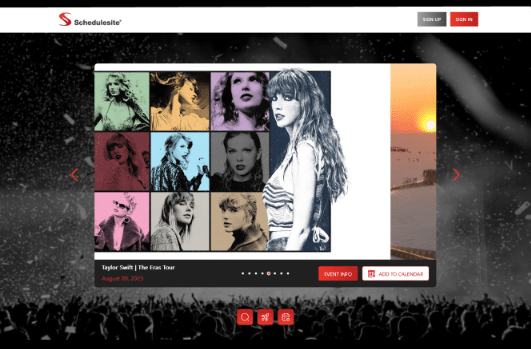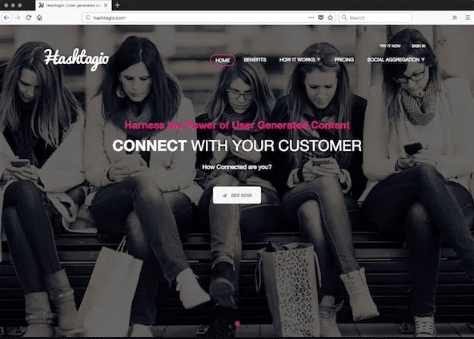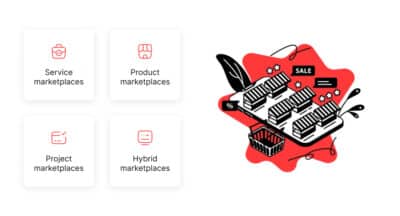How to Build Aggregator Website in 2024 [A Step-By-Step Process]

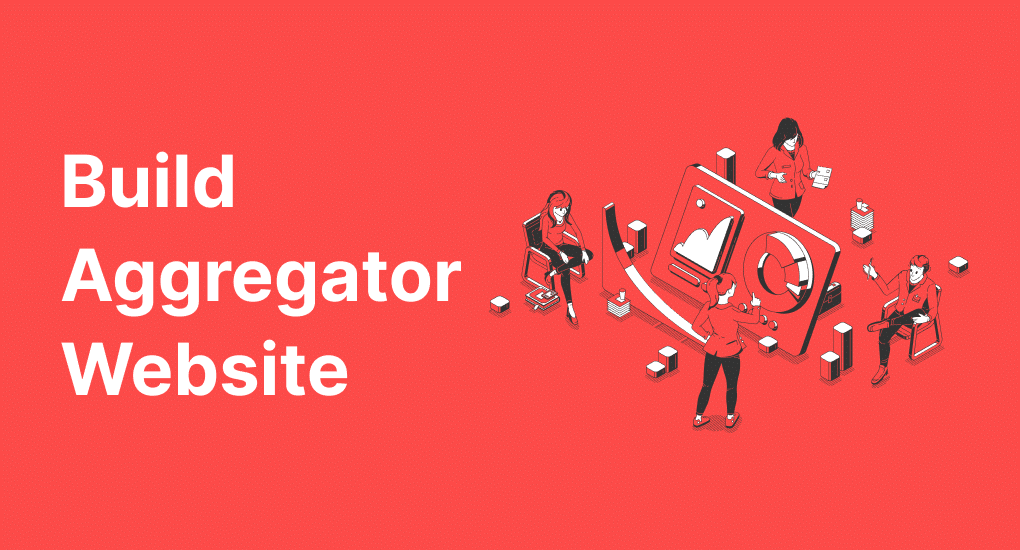
Aggregator websites have become a popular way to aggregate content from different sources in one place. Such websites can aggregate news or events from other websites. They offer users a convenient way to access a variety of content without having to visit multiple websites or apps. If you’re looking to build an aggregator website, you have several options when it comes to choosing your tech stack.
In this blog post, we’ll walk you through a step-by-step process for building a custom aggregator website using a framework. While there are several content management systems available for building aggregator websites, we’ll focus on building a custom website using popular web frameworks and programming languages.
By the end of this post, you’ll have a better understanding of how to build an aggregator website with a custom tech stack, and be equipped with the knowledge you need to create your own custom aggregator website.
Whether you’re looking to build a social media aggregator, events aggregator, a news aggregator, or an e-commerce aggregator, the process we’ll discuss in this post will help you get started. So let’s dive in and learn how to build an aggregator website.
Key Features of an Aggregator Website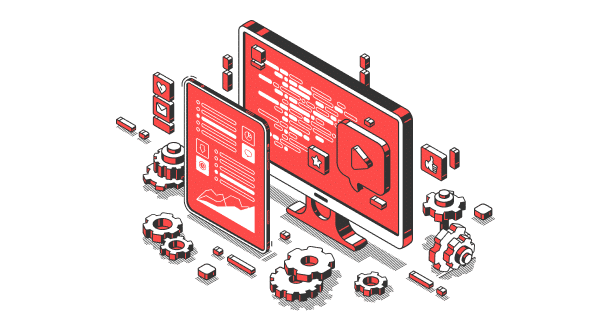
Before we dive into the technical details of building an aggregator website, it’s important to understand the key features that make an aggregator website stand out. Here are some of the most important features of an aggregator website:
Aggregation of Content: This is the primary function of an aggregator website – to aggregate content from different sources into a single location.
Customizable Content Display: Aggregator websites should allow users to customize how they view the aggregated content. This could include different display options such as list, grid, or map views.
Search and Filtering: Users should be able to easily search for specific content or filter the content by category or source.
Personalization: Aggregator websites should allow users to personalize their experience by setting preferences or saving their favorite content.
Social Sharing: Users should be able to share content they find on the aggregator website on social media platforms, or through email or messaging apps.
Notifications: Aggregator websites can also provide users with notifications about new or relevant content based on their preferences or activity.
By incorporating these key features, your aggregator website can provide a seamless and convenient user experience for your audience.
Planning Your Aggregator Website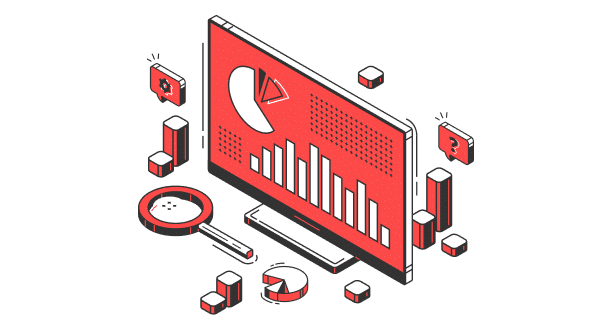
If you’re looking to build an aggregator website but don’t have the technical skills or resources to do it yourself, you can hire a web development company to do it for you. Here are some key steps to consider when planning your aggregator website with the help of a web development company:
Choose Your Content Sources: Work with your web development company to determine the content sources you want to aggregate. This could include social media platforms, news websites, blogs, e-commerce websites, or other sources.
Define Your Website’s Purpose: Clarify what you want your aggregator website to achieve, and work with your web development company to ensure that the features and content sources align with your goals.
Sketch Out Your Website’s Structure: Work with your web development company to sketch out the structure of your website, considering how you want to display the aggregated content and what features you want to include.
Read Related
Choose Your Tech Stack: Your web development company can help you choose the programming languages, frameworks, and hosting options that best suit your needs and budget.
Define Your Budget and Timeline: Work with your web development company to determine a realistic budget and timeline for your project, based on the features and complexity of your aggregator website.
By partnering with a web development company, you can ensure that your aggregator website is built to your specifications and meets the needs of your target audience. In the next section, we’ll discuss the tech stack options your web development company can use to build your aggregator website.
Setting Up the Tech Stack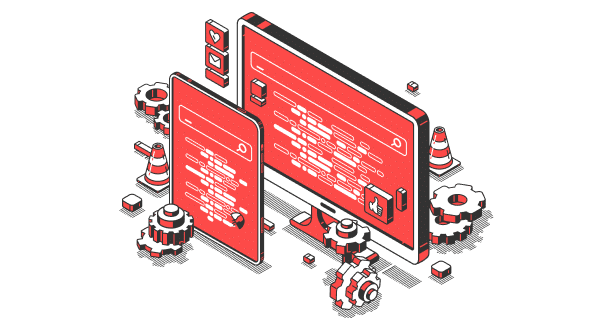
When it comes to building an aggregator website, you have several options for your tech stack. Your web development company can help you choose the programming languages, frameworks, and hosting options that best suit your needs and budget. Here are some of the most common tech stack options for building an aggregator website:
Programming Languages: The programming languages you choose will depend on the features and functionality you want to include in your aggregator website. Some popular choices include Python, PHP, and JavaScript.
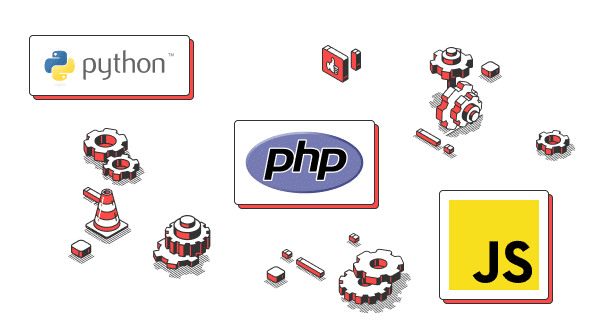
Frameworks: Frameworks can help streamline the development process by providing pre-built modules and tools. Popular frameworks for building aggregator websites include Django, Laravel, and Express.js.
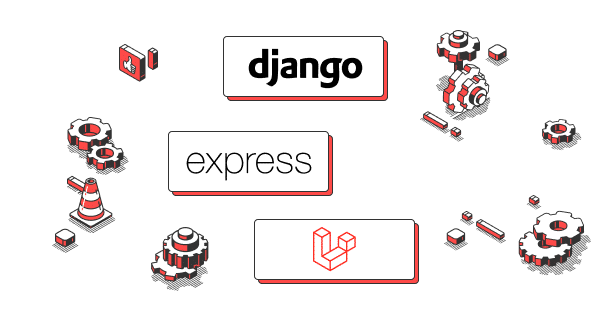
Hosting: Your hosting options will depend on the scalability and security requirements of your aggregator website. Cloud hosting services like AWS and Google Cloud Platform offer scalable and secure hosting options, while shared hosting services like Bluehost and HostGator are more cost-effective for smaller projects.
APIs: To aggregate content from external sources, you’ll need to use APIs (application programming interfaces) provided by those sources. Your web development company can help you integrate these APIs into your aggregator website.
Data Storage: Depending on the size and complexity of your aggregator website, you may need to store data in a database. Popular databases for aggregator websites include MySQL, PostgreSQL, and MongoDB.
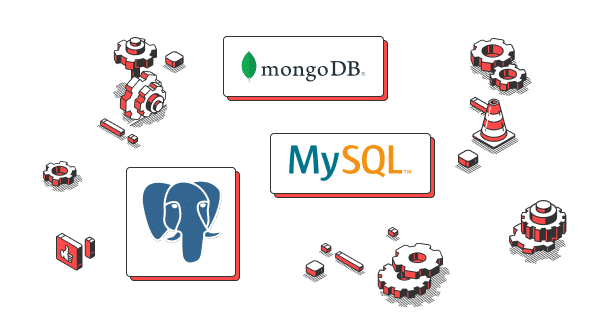
A2 Design is a web development company that can work with you to choose the tech stack that best suits your needs and budget. We can also handle the technical details of setting up and configuring the tech stack, ensuring that your aggregator website runs smoothly and efficiently.
Building the Website
Once you have planned your aggregator website and set up your tech stack, it’s time to start building the website itself. Here are the key steps involved in building an aggregator website:
Develop the Front-End: Your web development company will use HTML, CSS, and JavaScript to create the user interface of your aggregator website. They’ll design the layout, color scheme, and typography to match your branding and user experience requirements.
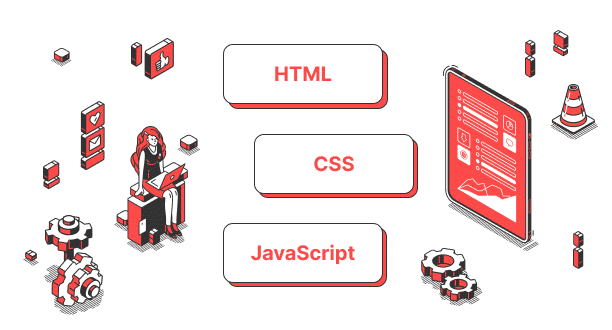
Integrate APIs: Once the front-end design is complete, your web development company will integrate the APIs provided by the sources you want to aggregate. This step involves retrieving data from these sources and transforming it into a format that can be displayed on your website.
Implement Data Storage: If your aggregator website requires data storage, your web development company will set up and configure the database. They’ll also write scripts to store, retrieve, and update data from the database.
Test and Debug: Your web development company will rigorously test your aggregator website to ensure that it works as intended. They’ll debug any issues that arise and ensure that the website is optimized for speed and performance.
Launch and Maintain: Once your aggregator website is complete, your web development company will launch it and make any necessary updates or modifications. They’ll also provide ongoing maintenance and support to ensure that your website runs smoothly and efficiently.
By working with A2 Design, you can ensure that your aggregator website is built to your specifications and meets the needs of your target audience. With the right planning, tech stack, and development team, your aggregator website can provide a valuable resource for users and help you achieve your business goals.
Monetizing Your Aggregator Website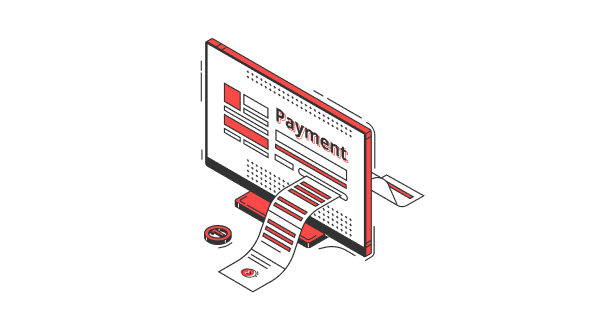
An aggregator website can be a valuable asset for your business, but it’s important to consider how you will monetize it. Here are some common monetization strategies for aggregator websites:
Advertising: One of the most common ways to monetize an aggregator website is through advertising. You can display ads on your website and earn revenue based on clicks, impressions, or conversions. Google AdSense and Media.net are two popular advertising platforms for aggregator websites.
Affiliate Marketing: Another way to monetize your aggregator website is through affiliate marketing. You can include affiliate links to products or services on your website and earn a commission for any sales made through those links. Amazon Associates and ShareASale are two popular affiliate marketing programs.
Paid Subscriptions: If you offer premium content or features on your aggregator website, you can charge users a subscription fee to access them. This can be a recurring or one-time fee, depending on the type of content or features you offer.
Sponsored Content: You can also monetize your aggregator website through sponsored content. This involves partnering with brands or businesses to create content that promotes their products or services. You can charge a fee for this content or include it as part of an advertising or affiliate marketing package.
E-commerce: If your aggregator website includes an e-commerce component, you can earn revenue by selling products or services directly to users. This can include digital products like e-books or courses, or physical products like merchandise.
When choosing a monetization strategy for your aggregator website, it’s important to consider your target audience and the types of content and features they are most likely to engage with. You should also ensure that your monetization strategy aligns with your overall business goals and values.
In the next section, we’ll discuss some best practices for promoting your aggregator website and driving traffic to it.
 Content aggregator sites are part of many web users daily browsing habits
Content aggregator sites are part of many web users daily browsing habits 

Once your aggregator website is built and monetized, it’s time to launch it to the public. Here are some steps you should take to ensure a successful launch:
Test Your Website: Before launching your aggregator website, make sure to thoroughly test it to ensure that it works properly. Test all links, features, and functionality, and make any necessary adjustments.
Create a Launch Plan: Develop a plan for how you will promote your aggregator website to your target audience. This can include social media marketing, email marketing, search engine optimization (SEO), and paid advertising.
Optimize for SEO: Make sure your aggregator website is optimized for search engines by using relevant keywords, optimizing your meta tags and descriptions, and ensuring your website has a fast load time.
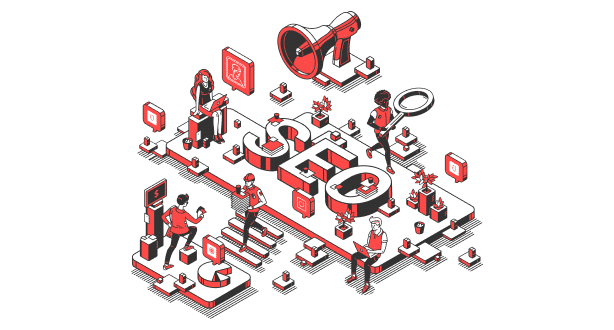
Launch on a Weekday: Launch your aggregator website on a weekday to maximize visibility and engagement. Avoid launching on holidays or weekends when traffic may be lower.
Monitor Analytics: Track your website’s traffic, engagement, and conversion rates using analytics tools like Google Analytics. This will help you understand how users are interacting with your website and make any necessary adjustments.
Provide Ongoing Support: Once your aggregator website is launched, provide ongoing support to your users. This can include answering questions, resolving issues, and adding new features and content.
By following these best practices, you can ensure a successful launch for your aggregator website and start generating traffic, engagement, and revenue.
How Much Will Building an Aggregator Website Cost You?
Get an estimate from our expert team for a clear understanding of aggregator website costs
Contact Us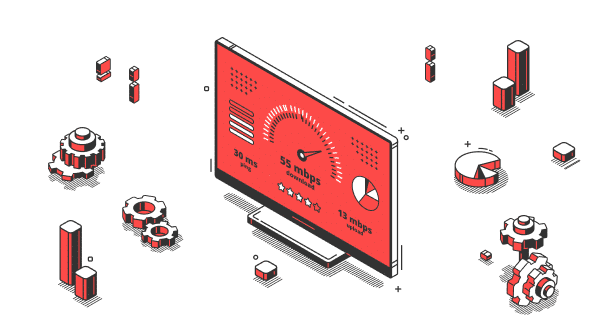
Managing and maintaining your aggregator website is essential to ensuring its long-term success. Here are some tips for managing and maintaining your aggregator website:
Regularly Update Content: To keep your users engaged and coming back to your aggregator website, it’s important to regularly update the content. This can include adding new sources, curating new content, and creating new original content.
Monitor Sources: It’s important to regularly monitor the sources that your aggregator website is pulling content from to ensure they are still relevant and reliable. Remove any sources that are no longer useful or are providing low-quality content.
Stay Up to Date With Trends: Stay up to date with the latest trends in your industry or niche and adjust your content and sources accordingly. This will help ensure that your aggregator website remains relevant and useful to your target audience.
Regularly Test and Optimize: Test and optimize your website’s features and functionality to ensure that it is working properly and providing a seamless user experience. This can include A/B testing different layouts, features, and monetization strategies.

Respond to User Feedback: Listen to user feedback and make changes to your aggregator website based on their suggestions and needs. This will help ensure that your website remains user-friendly and relevant to your target audience.
Backup Your Website: Regularly backup your aggregator website to protect against data loss or security breaches. This will help ensure that your website is always up and running and that your data is safe.
By following these tips, you can effectively manage and maintain your aggregator website and ensure its long-term success.
Your Aggregator Website Development PartnerWhen hiring a company to build an aggregator website, make sure they have relevant experience developing and maintaining such sites.
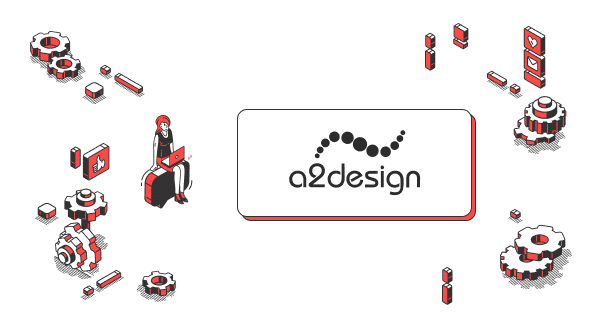
Our Expertise in Aggregator Website Development
A2 Design is an outsourcing vendor with eight years of experience in building aggregator websites.
We’ve served high-growth companies from around the world, for example:
Case Study: Schedule Site – Scheduling Media Events Platform
A2 Design showcases its expertise in developing Schedulesite, a versatile media events platform designed to enhance users’ lives through ‘Scheduling Media’. The platform aggregates a wide range of entertainment events, including movies, TV shows, concerts, and sports, allowing users to easily add their favorite events to their personal calendars with a single click. This user-centric approach reflects A2 Design’s commitment to creating intuitive and engaging experiences.
Schedulesite’s seamless integration with popular calendar platforms and its capability to aggregate diverse data sources highlight A2 Design’s proficiency in building interconnected digital ecosystems. Users can create profiles for personalized event recommendations and notifications, showcasing the company’s strength in advanced user profile management systems.
Built with scalability and performance in mind, Schedulesite handles large user volumes efficiently. It offers a consistent, optimized experience across various devices, demonstrating A2 Design’s expertise in responsive design and mobile development. Emphasizing security and privacy, the platform incorporates advanced measures to protect user data. Continuous updates and robust support further exemplify A2 Design’s dedication to maintaining and improving the platform.
Case Study: Hashtagio – Embeddable Social Media Content Dashboards
A2 Design has expertly crafted HashtagIO, a social media content dashboard that enables businesses and individuals to quickly create interactive social hubs. With integrated tools for easy customization of media boards, HashtagIO streamlines audience engagement through three simple steps: aggregating social media channels, showcasing content on websites, and capturing customer attention.
The platform’s intuitive interface and seamless aggregation of multiple social media channels highlight A2 Design’s strength in user-centric design and data integration. Users can effortlessly manage and display content, ensuring an organized and attractive presentation on their websites.
Built with scalability and security in mind, HashtagIO can grow alongside users’ businesses while maintaining robust protection for user data. A2 Design’s commitment to providing excellent customer support and continuous platform improvement ensures that HashtagIO remains a powerful and adaptable solution for creating engaging social media content dashboards.
Final ThoughtsIn today’s digital age, aggregator websites have become increasingly popular as they offer users a way to easily discover and consume content from a variety of sources. Building an aggregator website can be a lucrative business opportunity, but it requires careful planning, a solid tech stack, and a focus on providing value to your target audience.
In this blog post, we’ve discussed the key features of an aggregator website, the importance of planning your website, setting up the right tech stack, building your website, monetizing your website, launching it successfully, and managing and maintaining it in the long run.
Whether you’re looking to build an aggregator website for social media, event websites, or any other niche, following the steps outlined in this blog post can help you create a successful website that provides value to your target audience and generates revenue for your business.
At A2 Design, we have extensive experience in building aggregator websites and can help you create a custom solution that meets your unique needs. Contact us today to learn more about how we can help you build your own aggregator website.

- A Comprehensive Guide to Pet Care App Development in 2024 [Paws and Pixels]
- Are you looking for the best way to launch your start-up idea in 2024? Start with an MVP!
- How Much Does it Cost to Create An On-Demand Tutor App in 2024?
- How to Develop an On-Demand Dog Walking App in 2024?
- SaaS Software Development in 2024: A - Z Guide

